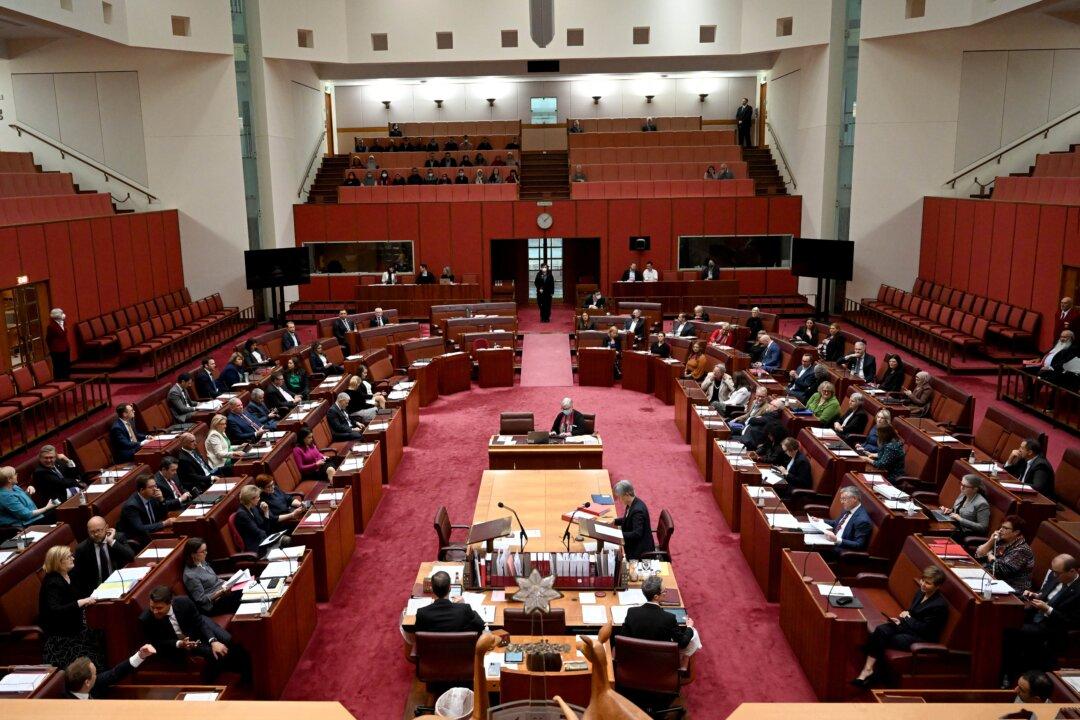The Australian parliament has passed a $10 billion (US$6.43 billion) housing fund legislation, paving the way for the Labor government to embark on its ambitious housing reform agenda.
After months of back-and-forth negotiations with the Australian Green Party and crossbench senators, the Labor government has secured enough votes to pass its Housing Australia Future Fund bill on Sept. 14.





